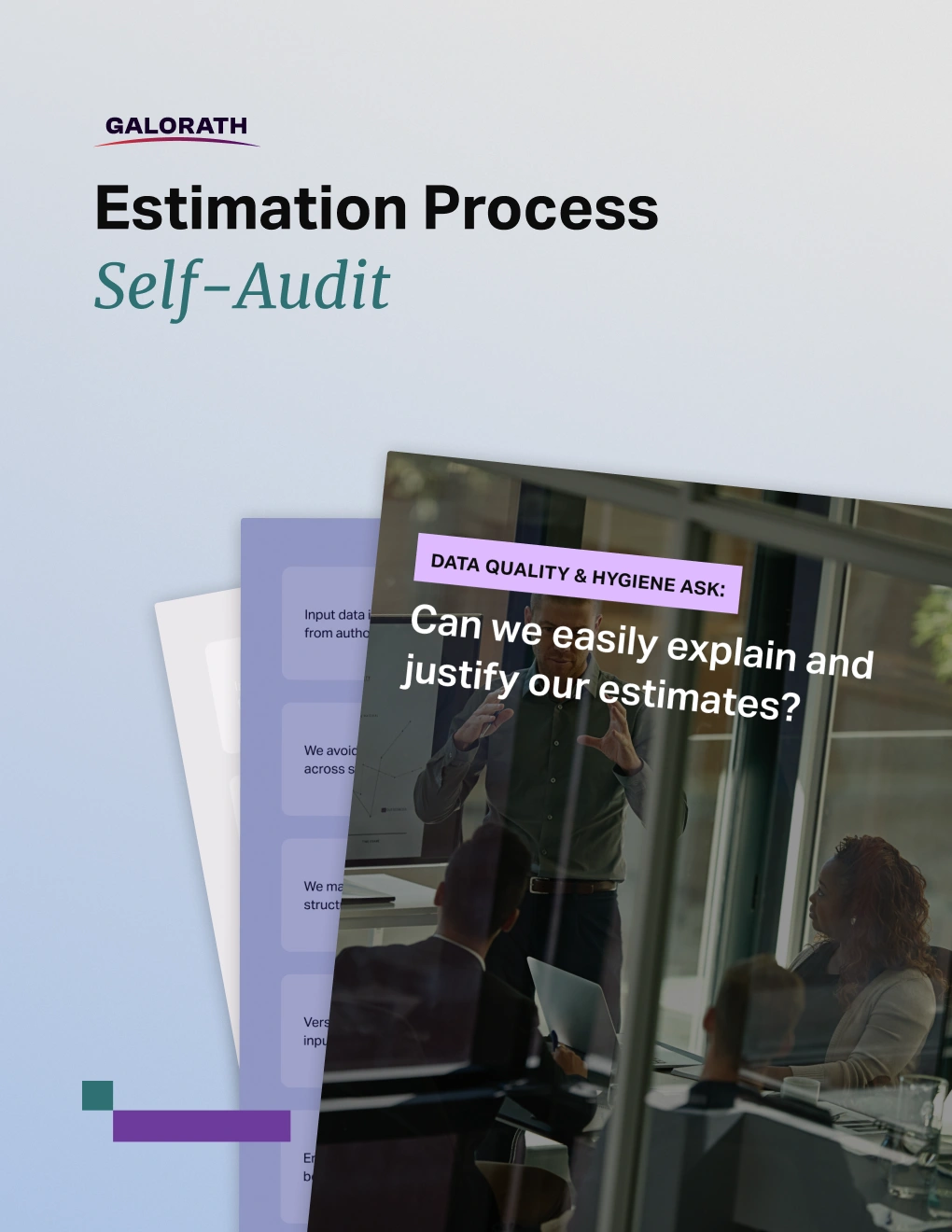Mastering Cost Risk with the CRED Model: A New Approach to Managing Uncertainty

By David DeWitt
Most of us remember the dubious “doctor” in Huckleberry Finn who proclaims to have the cure for any malady. From the back of the crowd his shill would loudly proclaim that he himself had been healed by the magical elixir. Oh my, but the quantity of snake oil they sold before the townsfolk discovered they had been duped – and the doctor long gone. From the tone of many internet blogs it seems the same buyer’s remorse is lingering in the “Packaged Application” world.

Figure 1 – The Ubiquitous Google Search
Before we get into the discussion of packaged applications let’s take a step back and remember how these wonder cures manifested. In the late 1980’s – (when disco was dying) manufacturing companies wanted to shape supply chain management and enterprise resource planning. In short, they wanted to encourage the concept of a “process in a box.” (my quotes). Somehow over the last ten years the industry has forgotten that part about the need for the organizational “process” to change; and as we shall see, that is a key cause of hidden costs.
To belabor the point of “snake oil” for just a moment longer – what exactly is a packaged application?
- You can’t see the ingredients (What is the quality of the code?)
- You don’t know the recipe (How was it developed?)
- You don’t know how it’s to be served (Is it designed for my architecture?)
- When done – you hope it won’t upset your stomach (Will it run on or corrupt my databases?)
But it heals the sick and will bring peace and joy to the world … if it’s configured just right!
The top ten hidden costs are – in no specific order:
- Unclear requirements
- As business requirements evolve and as the business grows, more changes to the package will be needed. This is not new but the story is the same – Business users cannot interpret formal specifications, comprehend “Use Cases”, or understand “Screen shots.”
- Extensive Customization Required
- “Post development surveys tend to show that most (around 50% of) custom solutions don’t meet original expectations and quite regularly completely fail for technical, political and other reasons. 1”
- Integration of Multiple Packaged Applications
- “Most data in most legacy systems is rubbish… As a result, those companies are more likely to underestimate the cost of the move. 2“
- IT Staffing and Turnover
- Staff turnover among developers is common in organizations that are implementing an ERP solution. Most Programmers are excited to learn a new technology; others are reluctant to embrace change. The good ones know their worth and leave after an implementation.
- Product and Business Evolution
- One factor often underestimated, and seldom calculated, is the business disruption factor. If you have a team of your best people fulltime on a project, how can they possibly be participating elsewhere?
- Excess Functionality
- Excess functionality often leads to mistaken and unused functionality, which can cause data quality issues. Additionally, functionality that is not used can cause unnecessary overheads in system processing and database storage.
- Training Cost for End User
- Gartner research found that companies that a budget less than thirteen percent of their costs for training are three times more likely to see their ERP projects run over time and over budget when compared with companies that spend 17 percent or more on training.
- Business Process Changes Required
- Packaged Applications were originally intended as a “Process in a Box.” The intent is to change how a company does business by embracing a software process. However, basic business processes – such as accounting, finance, and general ledger – typically don’t need to be overhauled. When those parts of the Packaged Application are not incorporated more customization is required to turn off those capabilities
- Vendor Selection
- Packaged software vendor selection is not a trivial task. Most organizations need to conduct a comprehensive formal evaluation of the short listed suppliers with the aid of external consultants. This process can take significant resources and months in duration.
- More Testing Required
- Most packages are very complex systems. Interfacing with those systems is not an easy task. Testing the links between COTS packages and other corporate software links have to be built on a case-by-case basis and constitute a cost often overlooked.
A colleague recently proposed that he would rate my list with 1, 7, and 10 as his top three issues. He also commented that the metaphor of packaged applications to Snake Oil was appropriate.. I thanked him for his feedback and was feeling quite clever – until I discovered this gem from Scientific America. 3
Chinese water-snake oil contains 20 percent… of the two types of omega-3 fatty acids most readily used by our bodies… Research since the 1980s has demonstrated the necessity—and efficacy—of omega-3 fatty acids. These acids not only reduce inflammation, such as arthritis pain, but also improve cognitive function and reduce blood pressure, cholesterol and even depression.
So perhaps we can survive a little snake oil after all – just beware of the hidden costs.
References cited:
- http://www.financialexpress.com/news/erp-implementationthe-hidden-cost/277216/
- http://www.sciam.com/article.cfm?id=snake-oil-salesmen-knew-something
10 Step Estimation Process Sample Checklist
View our 10 Step Estimating Process Checklist. This checklist should be tuned to the individual company’s needs and suggestions.
Estimating Total Cost of Ownership (TCO)
Find out how you can use Total Cost of Ownership (TCO) model to create an estimate which includes all the costs generated over the useful life of a given application.
Should Cost Analysis
Learn how Should-Cost Analysis can identify savings opportunities and drive cost efficiency in procurement and manufacturing processes.
ROM Estimate: The First Step Towards a Detailed Project Plan
Find out what ROM (rough order of magnitude) estimate is and why is it a crucial element of every project planning cycle.
Software Maintenance Cost
Find out why accurate estimation of software maintenance costs is critical to proper project management, and how it can make up to roughly 75% of the TCO.













